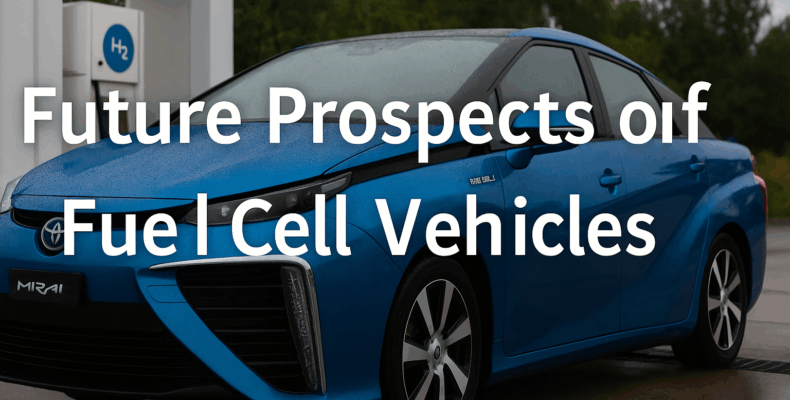Japan is looking for cleaner ways to move people and goods. One of the most exciting new ideas is fuel cell vehicles (FCVs). These cars use hydrogen to make electricity, and they only release water—not harmful gas. In this article, we explain how Japan builds fuel cell cars, where they are going next, and why they matter for the future.
1. What Is a Fuel Cell Vehicle?
A fuel cell vehicle uses hydrogen as fuel. The car changes hydrogen into electricity with the help of air. Then, the electricity powers the motor. The only thing that comes out is water vapor, so it’s very clean.
This is different from electric vehicles (EVs) that use batteries. FCVs don’t need to charge for hours—they fill up in just a few minutes like a gas car.
2. Why Japan Supports Fuel Cell Cars
Japan wants to cut pollution, and fuel cell cars can help. So, companies like Toyota and Honda spend a lot of time and money to build better FCVs.
Toyota Mirai and Honda Clarity Fuel Cell are two top models already on the road. And the government also supports FCVs because:
-
Hydrogen is clean and safe when used well
-
FCVs are good for long drives
-
Japan wants to be a world leader in green energy
3. What Will Happen After 2025?
After 2025, we expect more fuel cell vehicles from Japan. Companies will build new trucks, buses, and even delivery vans that use hydrogen.
Also:
-
More hydrogen stations will open in Japan and other countries
-
FCVs will cost less as the technology improves
-
People will use FCVs in cities and in the countryside
Because of these steps, more people can choose FCVs—not just rich buyers.
4. Are FCVs Better Than EVs?
Fuel cell cars and battery EVs are both clean, but they are good for different reasons:
| Feature | FCVs | EVs |
|---|---|---|
| Fuel time | 3–5 minutes | 30 minutes – 12 hours |
| Range | Long (up to 600–700 km) | Short to medium (200–500 km) |
| Best use | Long trips, trucks, fleets | City drive, short trips |
| Charging need | Hydrogen station only | Home or public charger |
So, FCVs are great for trucks, buses, and long-distance users. And EVs are better for everyday city drivers.
5. Fuel Cell Cars in the Used Market
Right now, used fuel cell cars are rare. But after 2025, more people will sell their old FCVs as new ones arrive. You will soon find:
-
Used Toyota Mirai (1st and 2nd gen)
-
Honda Clarity FCV
-
Demo units from companies and governments
Exporters will list these models on their websites as prices go down.
Trusted Exporters of Japanese Used Cars (Including FCVs)
If you want to buy a fuel cell car from Japan, choose exporters who know this tech and can help you with the process:
EVERY Co., Ltd.
Based in Niigata, Japan. EVERY has sent clean-energy cars, trucks, and tractors to over 100 countries since 2006. They give quick replies and full support.
➤ https://www.everycar.jp/
SBT Co. Ltd.
Offers clean vehicles including hybrids and fuel cell models.
Be Forward
One of the largest exporters, with a growing list of hydrogen and electric cars.
Qualitex Trading
Focuses on smart, low-emission used cars at good prices.
Autorec Enterprise Ltd.
Inspects vehicles carefully and works with clean vehicle buyers worldwide.
➤ Learn more here:
Top Recommended Japanese Used Car Export Companies for International Customers
Final Thoughts
Fuel cell vehicles are a big part of Japan’s green future. After 2025, more models will appear, prices will drop, and more stations will open. If you plan to buy or export one, now is a great time to start learning and watching the market.
Next article:
“Hydrogen in Japan: How It Powers the Cars of Tomorrow”
